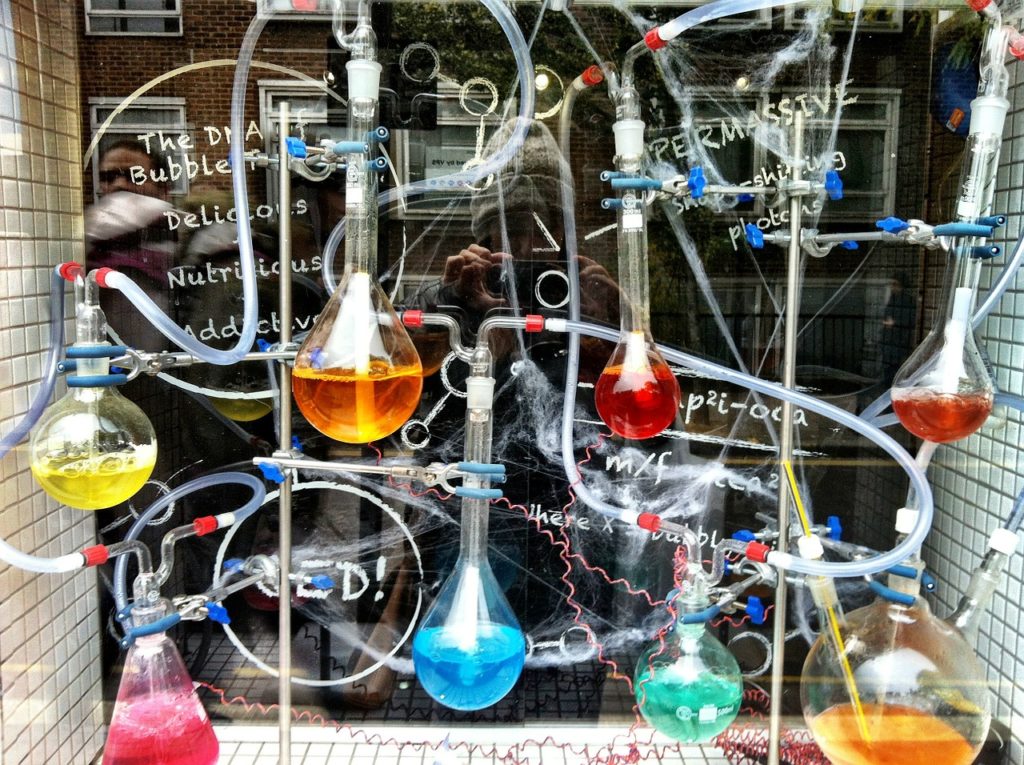Depends on the resin: epoxy, polyester, polyurethane, acrylic, silicone, etc. there are some substances that can be experienced: (in order of the “power” of removal)
- – 8310A or 8312 – Conformal Coating Stripper
- – Tetrahydrofuran (THF) / Oxolane / Furan
- – Dichloromethane (Methylene dichloride)
- – Isopropanol (Isopropyl alcohol)
- – Acetone
- The 8312 Conformal Coating Stripper – readily removes thermoplastic (non-cross linked) acrylics, urethanes, and silicones based conformal coatings. It is also facilitates the removal of some thermoset coatings like cross-linked silicones and polyurethanes, by softening or swelling the coat to aid with mechanical removal. This stripper remains safe for many types of PCB components. Not to mention being fully biodegradable, it is not a long-term environmental hazard.
- The 8310A Conformal Coating Stripper – Gel removes most reworkable conformal coatings & readily removes thermoplastic (non-cross linked) acrylics, urethanes, and silicones based conformal coatings.
It also facilitates the removal of some thermoset coatings like cross-linked silicones & polyurethanes by softening or swelling the coat to aid with mechanical removal. The primary applications of the 8310A are for PCB maintenance and repairs. It also works well for removing conductive ink lacquers. - THF is often used as a solvent for dissolve rubber. THF is also used as an industrial solvent for polyvinyl chloride (PVC) and in the manufacture of varnishes. In the laboratory, it is a widely used solvent when its water miscibility is not an issue.
- Methylene chloride is a very fast drying solvent cement for polycarbonate and is recommended for use in only temperate climate zones & when bonding small areas together. A mixture of 60% methylene chloride and 40% ethylene chloride is slower drying and is the most common solvent cement used for polycarbonate parts using a joining pressure of 200 psi. It is widely used as a paint stripper and a degreaser. DCM’s volatility and ability to dissolve a wide range of organic compounds makes it a useful solvent for many chemical processes
- Isopropyl alcohol is the raw material for manufacture of acetone, glycerin, glycerol and isopropyl acetate. It is a solvent for many gums resins and oils. Isopropyl alcohol dissolves a wide range of non-polar compounds. It also evaporates quickly, leaves nearly zero oil traces, compared to ethanol, & is relatively non-toxic, compared to alternative solvents.
- Acetone is a good solvent for many plastics and some synthetic fibers. It is used for thinning polyester resin, cleaning tools used with it, & dissolving two-part epoxies and superglue before they harden. It is used as one of the volatile components of some paints and varnishes. As a heavy-duty degreaser, it is useful in the preparation of metal prior to painting. It is also useful for high reliability soldering applications to remove rosin flux after soldering is complete.
Be careful when using these substances, some of them are dangerous for handling in direct contact with the skin !

Be First to Comment